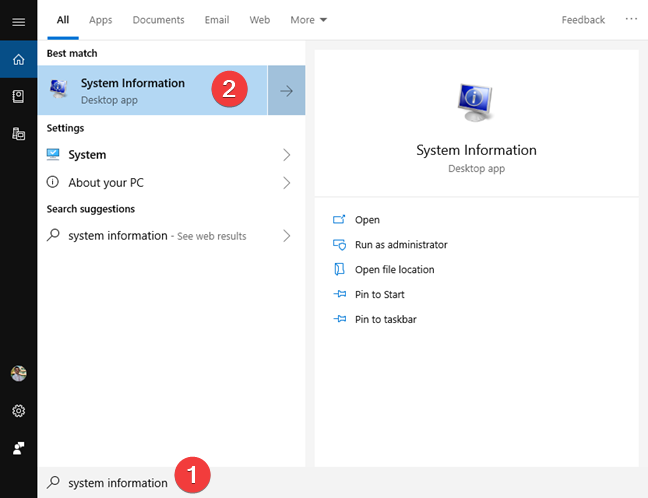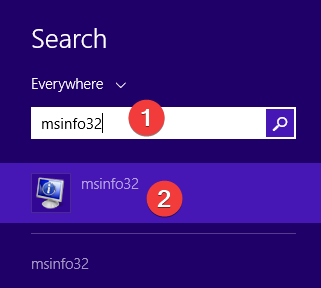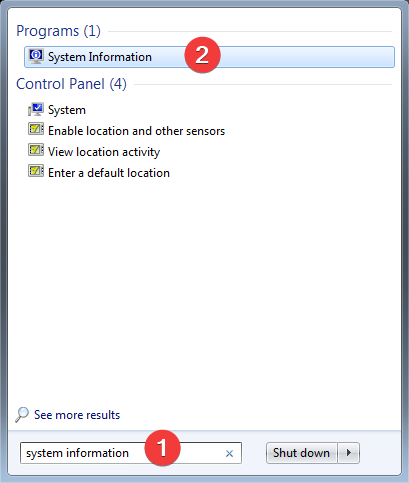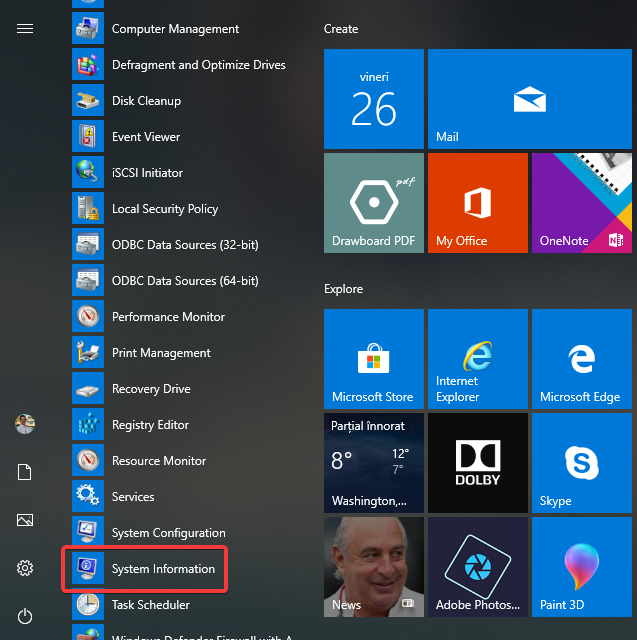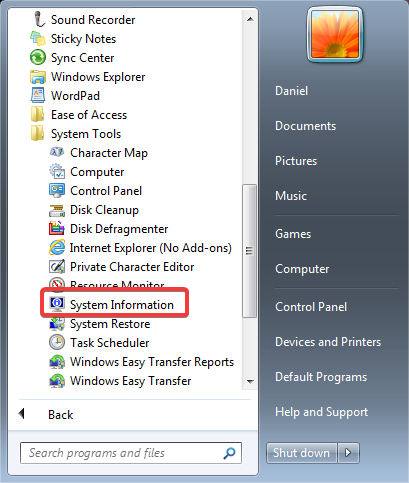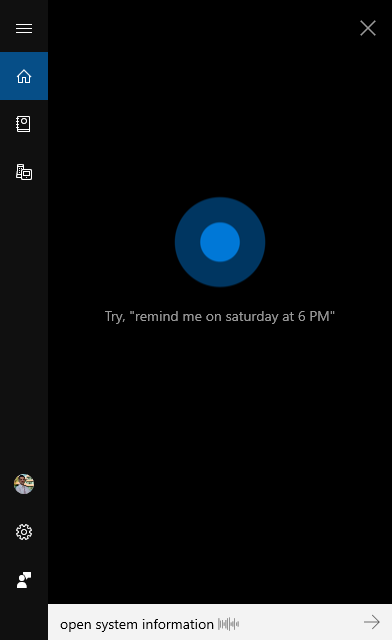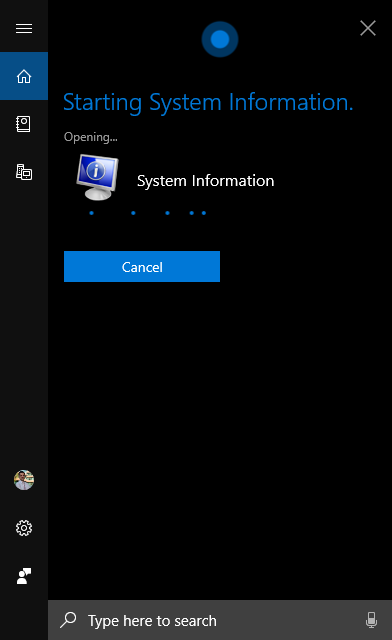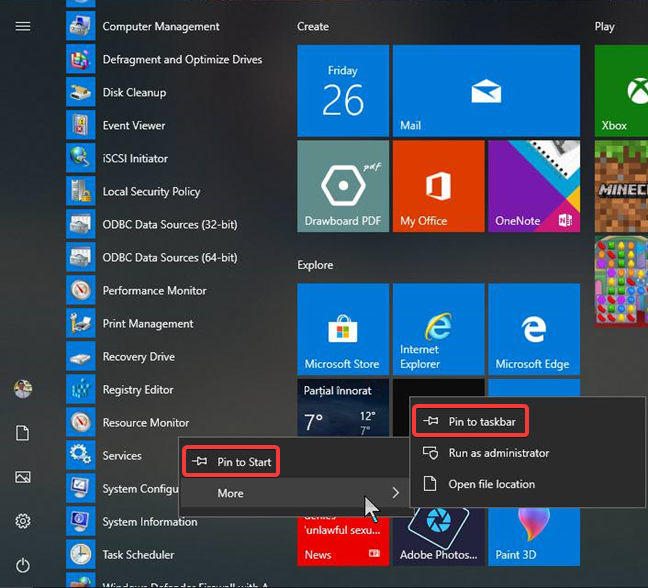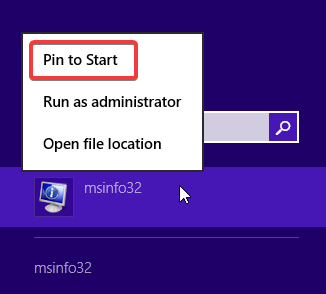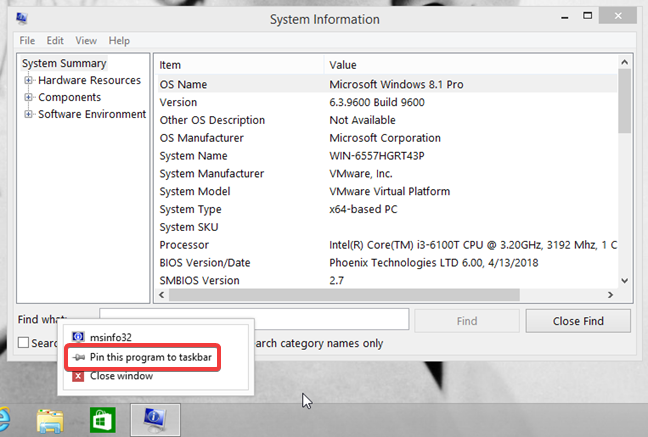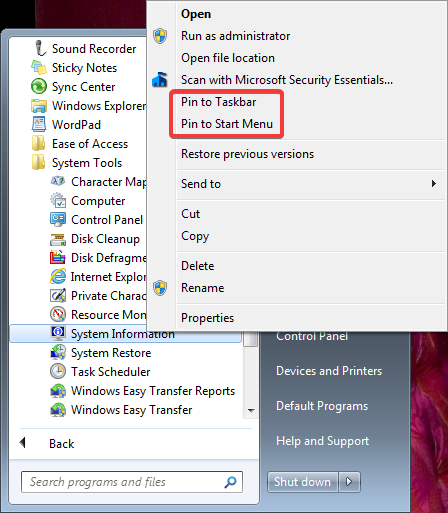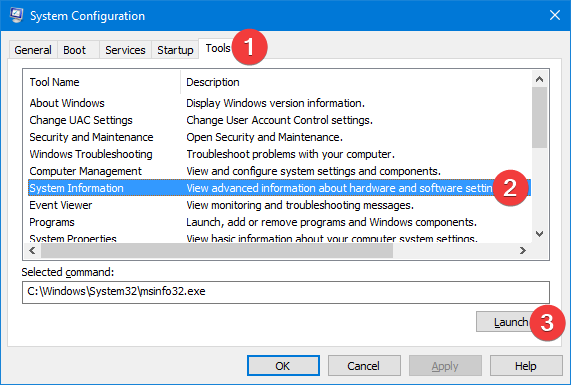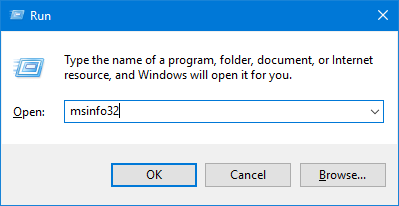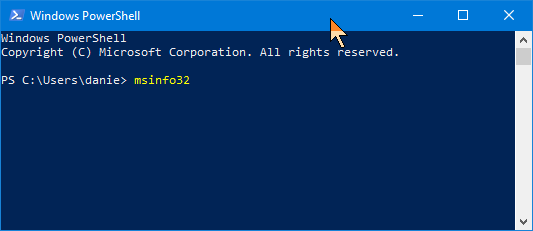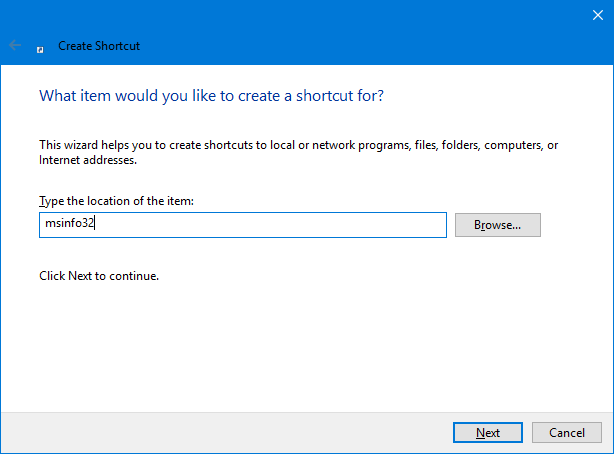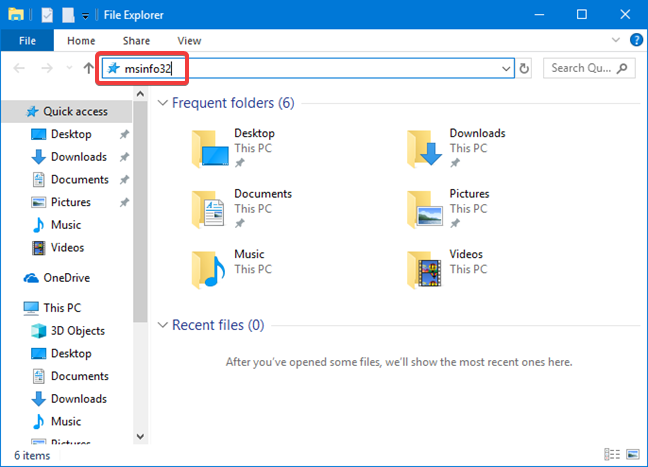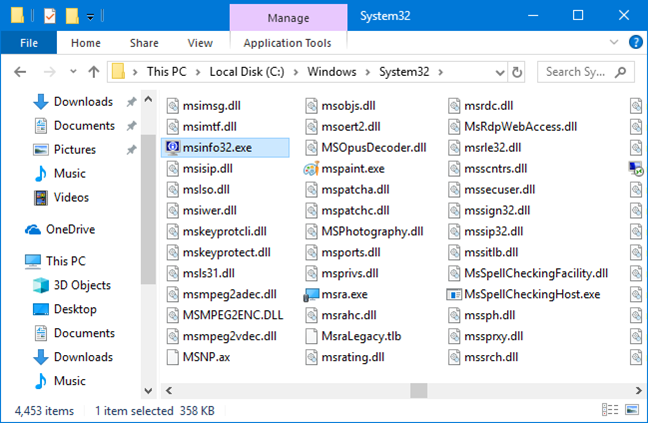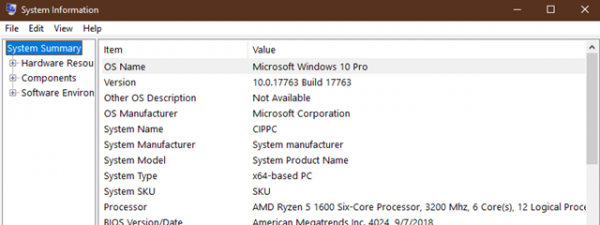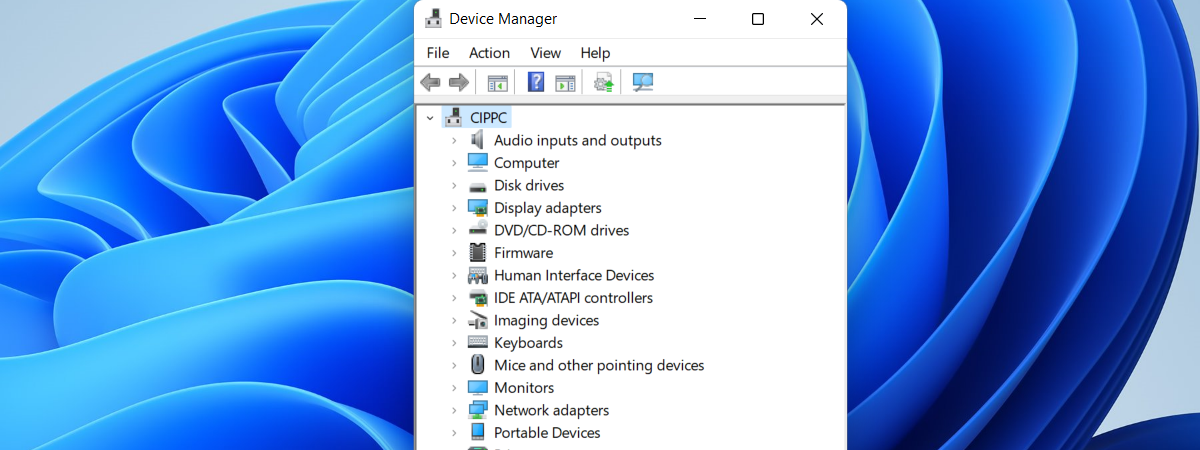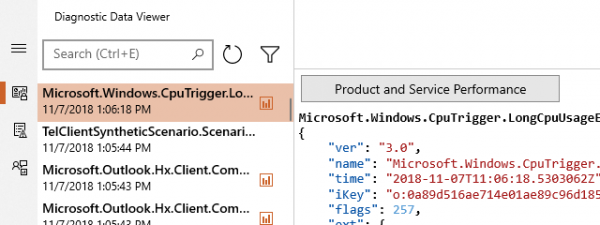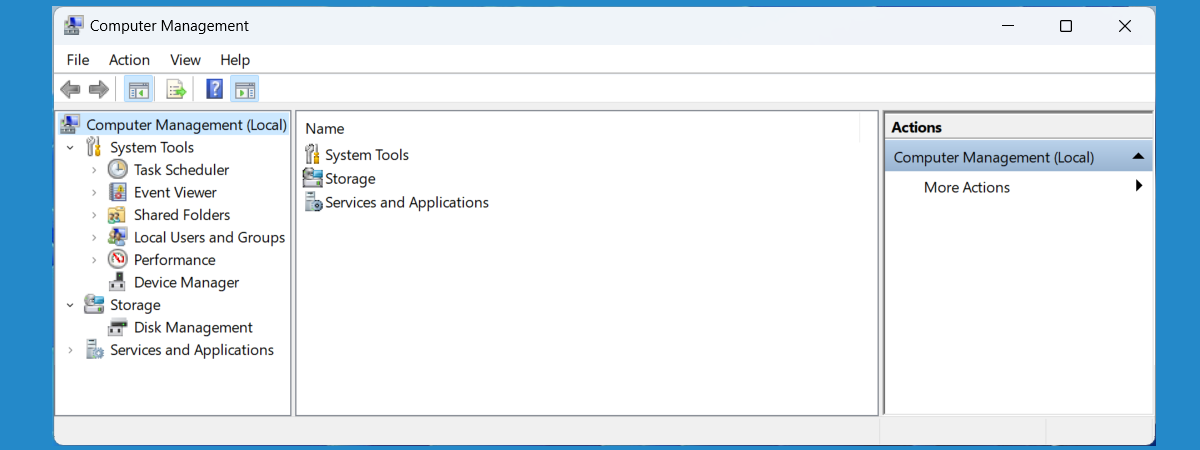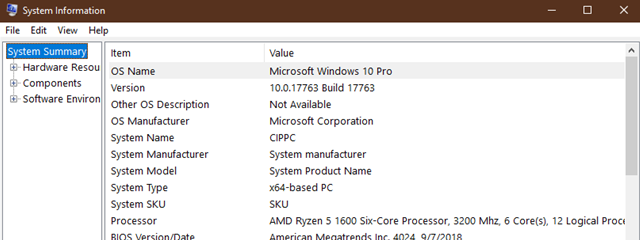
System Information is a system profiler in Windows provided by Microsoft, which comes in handy when you want to understand the hardware and the drivers found on your Windows computer or device. The tool produces detailed information about all the components of your system. Read this guide to learn how to get System Information started in all versions of Windows:
NOTE: This guide covers Windows 10, Windows 7, and Windows 8.1. Some methods work in all three versions of Windows, others just in one or two. For each method, we mention the Windows version in which it works. If you do not know the version of Windows that you have, read this tutorial: What version of Windows do I have installed?.
1. Open System Information using search (all Windows versions)
In Windows 10, click or tap the search field on the taskbar, type "system information" or msinfo32, and click or tap the result with the same name.
In Windows 8.1 start typing msinfo32 on the Start screen. The typing activates the search function and, in the results that appear, click or tap msinfo32.
In Windows 7, open the Start Menu and type "system information" in its search field. In the list of results, click System Information.
2. Open System Information from the Start Menu (Windows 10 and Windows 7)
You can find and open System Information in the Windows 10 Start Menu. Click Start, scroll down the list of apps, and open the Windows Administrative Tools folder. There you find the System Information shortcut.
In Windows 7, open the Start Menu, click "All programs," open the Accessories subfolder and then open the System Tools folder where the System Information shortcut is located.
3. Open System Information by asking Cortana to do it (Windows 10 only)
If Cortana is enabled on your Windows 10 system, you can ask her to open System Information for you.
After you activate Cortana by saying "Hey Cortana" or by clicking or tapping the microphone button in the taskbar search field, say "Open System Information." Cortana confirms your command:
During the execution of the command, Cortana displays the "Starting System Information" message:
4. Pin System Information to the taskbar, Start Menu or the Start screen (all Windows versions)
If you access System Information frequently, the convenient places where you can pin it for quick access are the taskbar and the Start Menu (Windows 10 and Windows 7) or the Start Screen (in Windows 8.1).
First, find and open System Information in the Windows 10 Start Menu. Click Start, scroll down the list of apps, and open the Windows Administrative Tools folder. Right-click or long press on the System Information shortcut. In the menu that opens, you have options to "Pin to Start" and More. When you click or tap More, the menu extends giving you the option to "Pin to taskbar."
In Windows 8.1 start typing "msinfo32" on the Start screen. The typing activates the search function and in the results right-click or long press msinfo32. In the menu that appears you have options to "Pin to Start" for the Start Screen.
To pin System Information to the taskbar, open the app. Then, right-click or tap its icon on the taskbar. In the menu that opens up, select "Pin this program to taskbar."
In Windows 7, open the Start Menu, click All programs and open the Accessories folder. Then open the System Tools subfolder, and right-click on the System Information shortcut. In the menu that appears, choose between "Pin to Start Menu" and "Pin to Taskbar."
5. Open System Information from System Configuration (all versions of Windows)
You can launch the System Information tool from System Configuration. On the Tools tab of System Configuration, select System Information and then click or tap Launch.
6. Use the Run window (all versions of Windows)
Press Win + R on the keyboard to open the Run window. In the Open field type "msinfo32" and press Enter on the keyboard or click OK.
7. Open System Information from the Command Prompt or PowerShell (all versions of Windows)
You can use Command Prompt or PowerShell too. In any of these apps, type msinfo32 on the command line and press ENTER.
The command line utilization for System Information can be enhanced with switches. Read how to use System Information (MSINFO32) command-line tool switches.
8. Create a System Information shortcut (all versions of Windows)
If a desktop shortcut is your preferred way to start apps, you can create one for System Information. In the Create Shortcut window type the destination "msinfo32" (without the quotes). Read this guide if you need help with creating shortcuts: How to create shortcuts for apps, files, folders and web pages in Windows.
9. Open System Information by using Windows Explorer (Windows 7) or File Explorer (Windows 8.1 and Windows 10)
Windows Explorer from Windows 7 or the File Explorer from Windows 8.1 and Windows 10 are convenient ways to start System Information. Type "msinfo32" in the address bar and press ENTER on the keyboard.
10. Open System Information by running its executable file (all Windows versions)
The System Information executable file is found in the System32 subfolder of the Windows folder. You need to identify the msinfo32.exe file and then double-click or double-tap on it.
How do you open the System Information?
We showed you ten methods for starting System Information so that you can select the best method that is most suitable for your needs. Before closing this guide let us know which is your preferred method to start System Information? Share in a comment below and let's discuss.


 29.10.2018
29.10.2018 